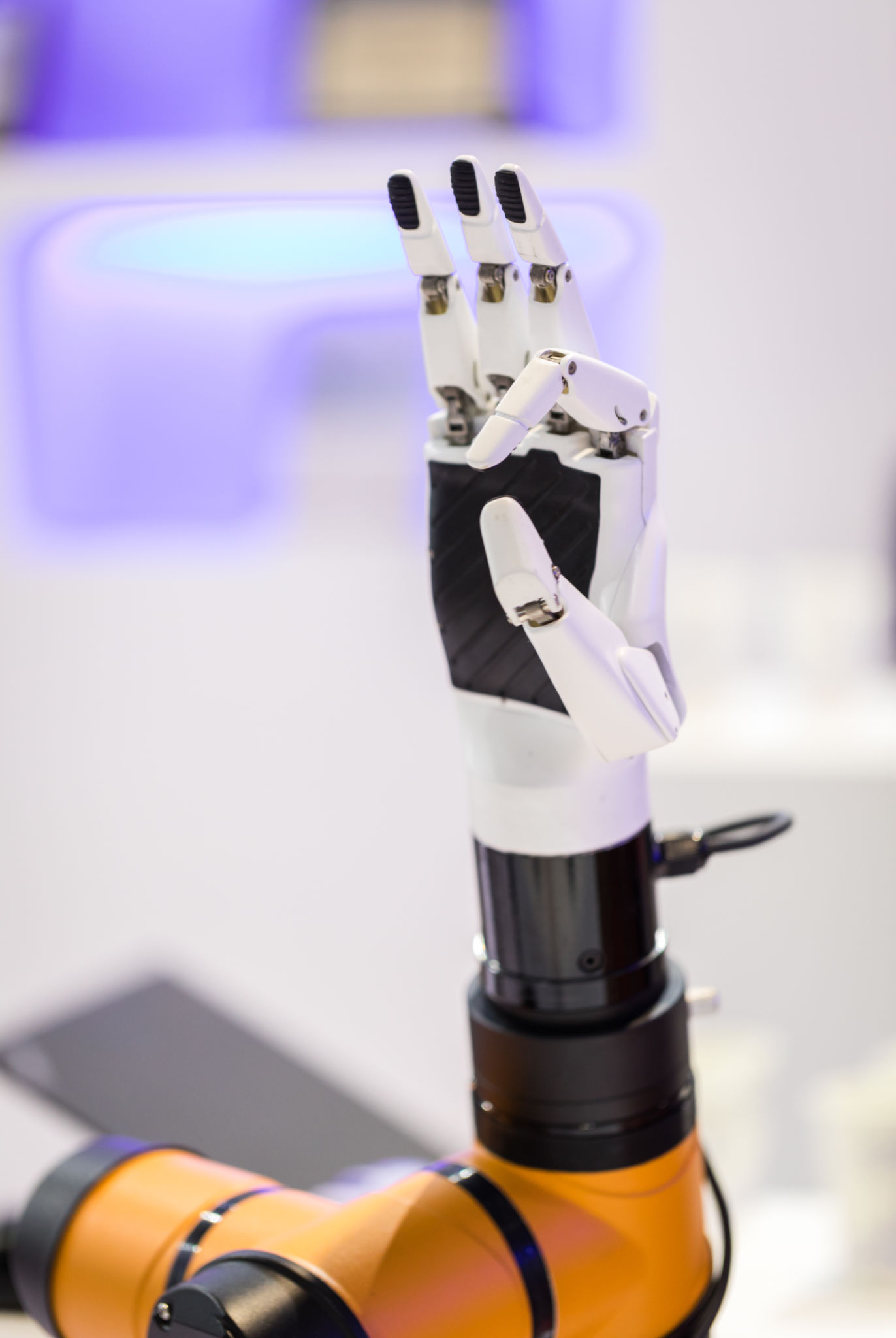The Future of Sign Language Interpreting: Trends to Watch
The Rise of Technology in Sign Language Interpreting
The field of sign language interpreting is undergoing a significant transformation, influenced by advancements in technology. As we look to the future, it's clear that technology will continue to play a pivotal role in enhancing communication for the deaf and hard-of-hearing communities. From video relay services to real-time translation apps, these technological innovations are set to revolutionize how interpretations are delivered, making them more accessible and efficient than ever before.

Video relay services (VRS), for instance, have become a staple in the interpreting community. By enabling individuals to communicate over video calls with interpreters, VRS offers a more personal and immediate form of interaction. This service is expected to evolve with better video quality and faster connection speeds, ensuring seamless communication experiences.
The Impact of Artificial Intelligence
Artificial intelligence (AI) is another game-changer in the realm of sign language interpreting. AI-driven tools can now recognize and translate sign language gestures into spoken or written language in real-time. These innovations not only enhance communication but also expand the possibilities for learning and teaching sign language.
Furthermore, AI is being used to develop avatars that can perform sign language translations. These digital interpreters offer an innovative solution for providing 24/7 interpretation services, especially in situations where human interpreters may not be readily available.

Expanding Access Through Online Platforms
Online platforms have emerged as vital resources for sign language interpretation. With the growth of remote work and online education, the demand for virtual interpreting services has surged. This trend is expected to continue, driving the development of more sophisticated online interpreting tools and platforms.
For businesses and educational institutions, integrating sign language interpretation into virtual meetings and webinars is becoming a standard practice. This not only promotes inclusivity but also ensures compliance with accessibility standards.
Training and Professional Development
As the demand for skilled sign language interpreters grows, so does the need for comprehensive training and professional development. Future trends indicate a shift towards more specialized training programs that incorporate the latest technological advancements.

Interpreters will likely need to adapt to new tools and platforms, requiring continuous learning to stay current. This ongoing education will ensure that interpreters can provide high-quality services while leveraging new technologies effectively.
Conclusion: A Bright Future Ahead
The future of sign language interpreting is bright, with technology leading the charge towards greater accessibility and efficiency. As these trends continue to unfold, they promise to break down barriers and create a more inclusive world for everyone. The blending of human expertise and technological innovation stands as a testament to what the future holds for sign language interpretation.
